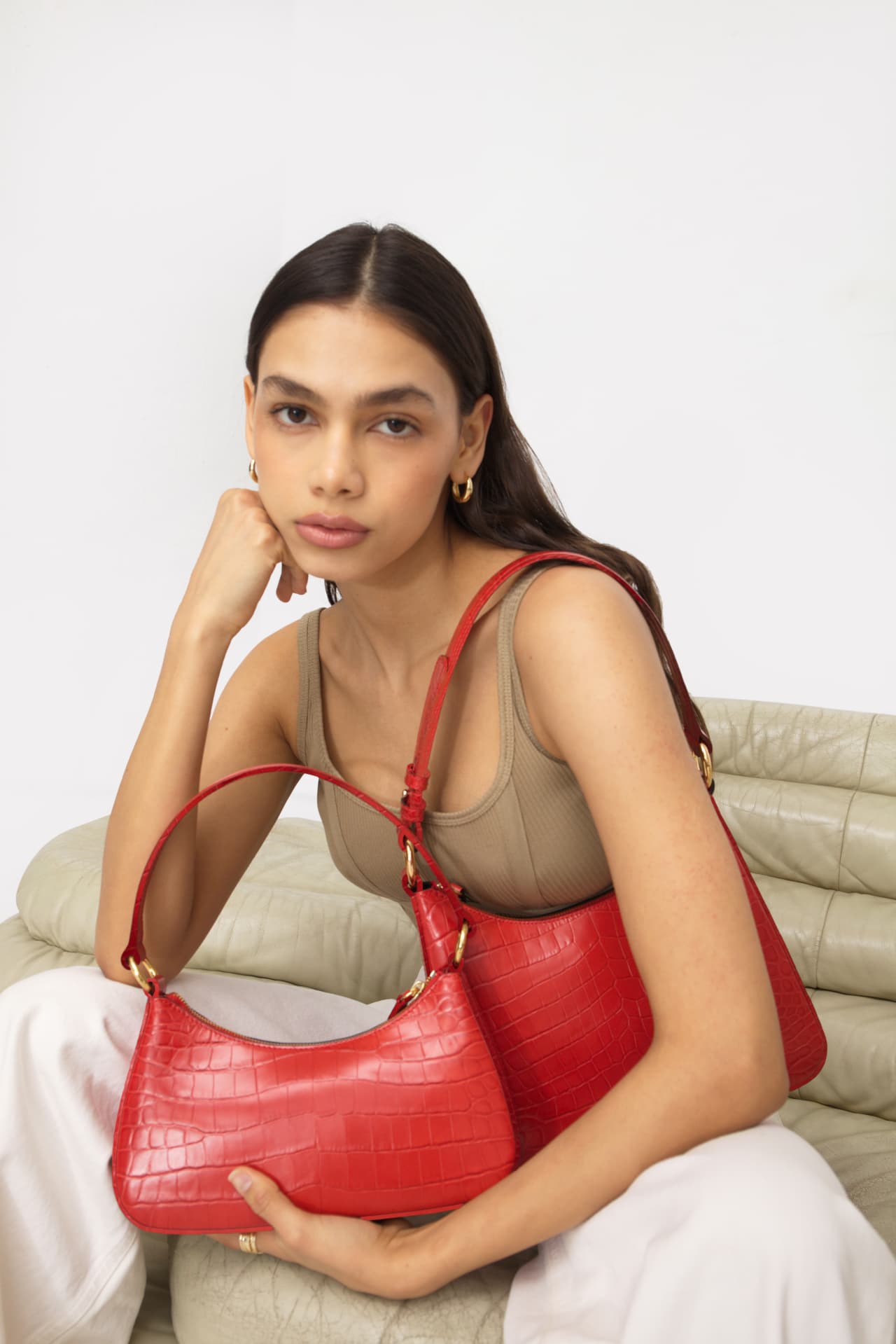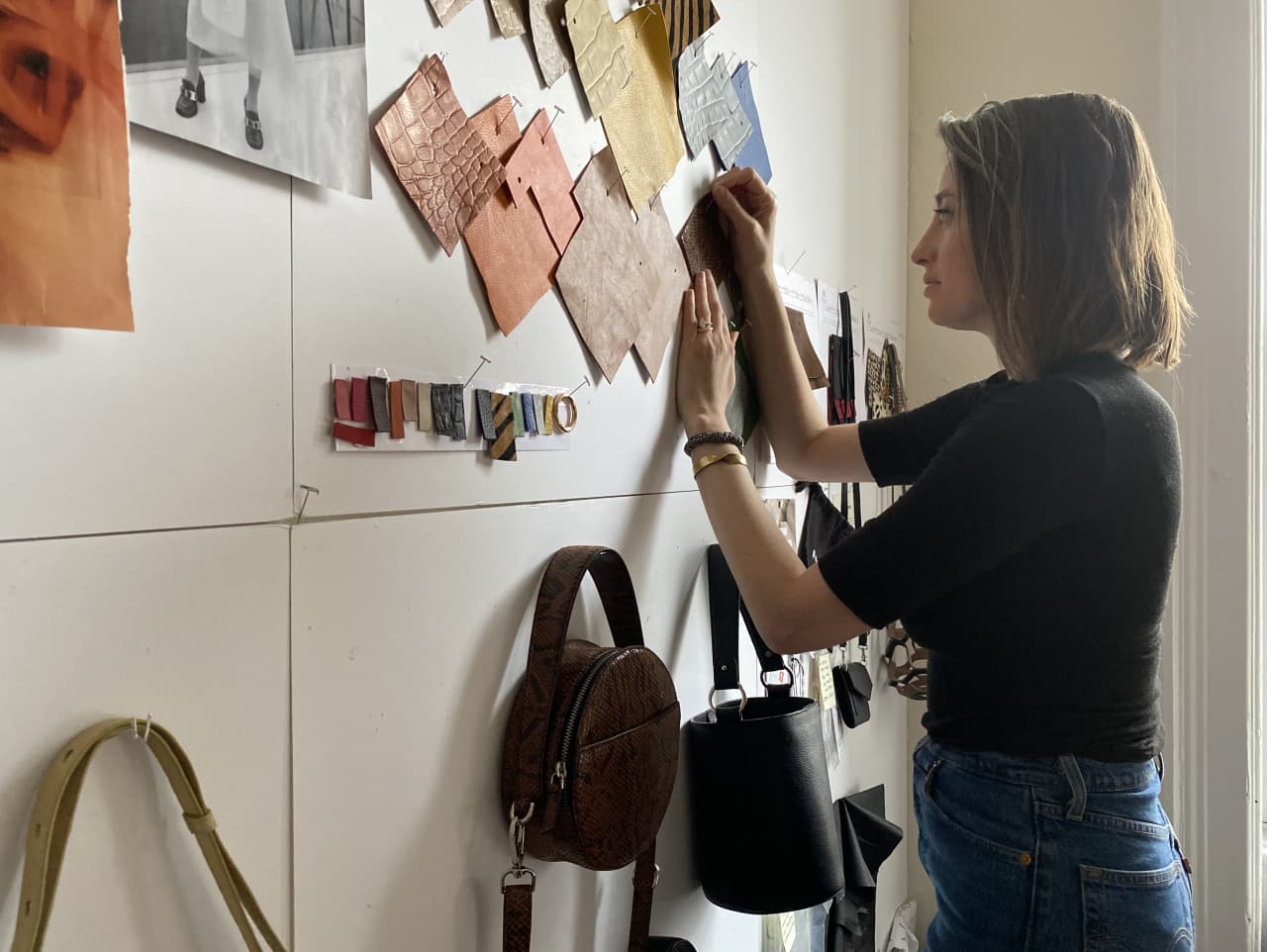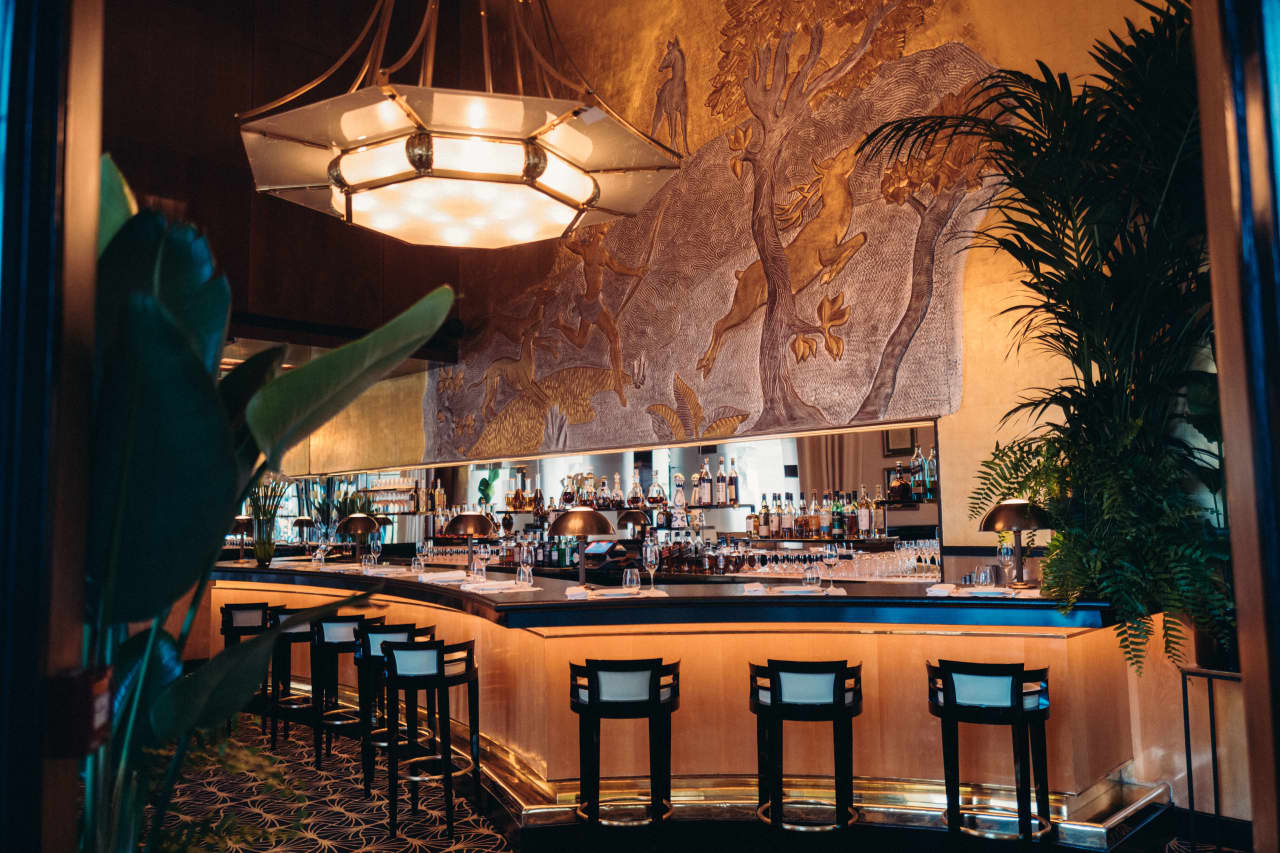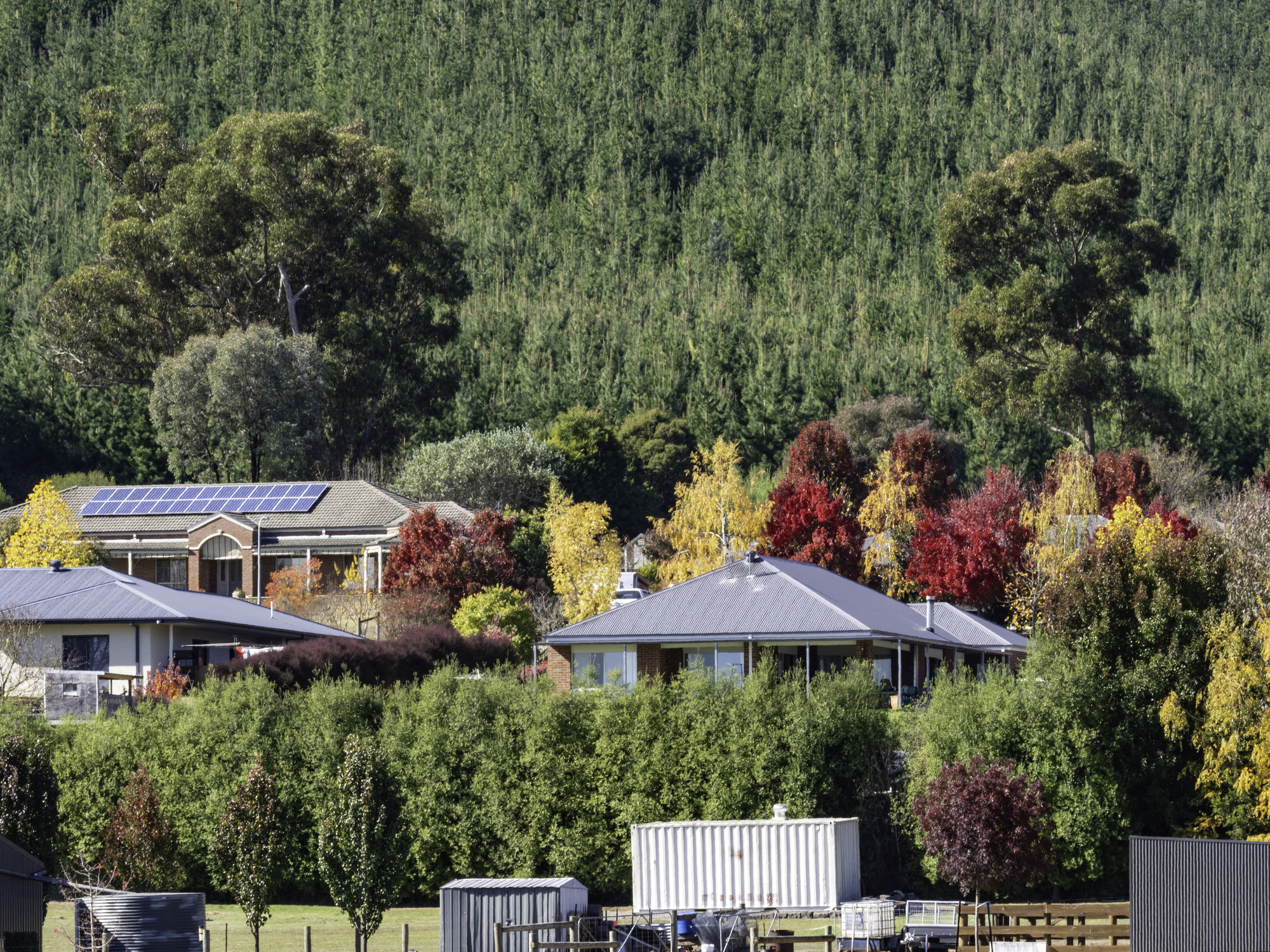On Wall Street, Lawyers Make More Than Bankers Now
Superstar attorneys can rake in more than $15 million a year, while banker pay has hardly budged
Over the past few years, as the Manhattan real-estate broker Lisa Lippman took her well-heeled clients through $7 million-plus apartments with Central Park views and amenities including squash courts and lap pools, she noticed a change: It was no longer bankers making a lot of the offers. It was lawyers.
“It used to be you’d say someone is an investment banker, and that was a big deal. Now it’s like meh,” Lippman, a former lawyer, said. “If I had to pick my favourite buyers, it would be big-time lawyers.”
The Wall Street Journal spoke to more than 30 compensation experts, bankers and lawyers and reviewed pay data over more than 15 years.
Managing directors who aren’t in high-ranking leadership roles at banks make an average of between $1 million and $2 million most years, including bonuses often paid largely in stock, more or less unchanged from where it was two decades ago.
Equity partners at top law firms, meanwhile, can make around $3 million or more a year—more than triple what they were pulling in two decades ago. An elite group of partners who bring in exceptional amounts of business are earning north of $15 million at a handful of firms including Wachtell, Lipton, Rosen & Katz; Kirkland & Ellis; and Paul, Weiss, Rifkind, Wharton & Garrison.
“Things have changed,” said Mark Rosen, a longtime legal recruiter. “Lawyer compensation has grown unbelievably.”
In 2000, when Rob Kindler, an established deals lawyer, left the white-shoe law firm Cravath, Swaine & Moore to get into banking, a Journal story said he could make around five times as much money at an investment bank.
Earlier this month Kindler, 69, left Morgan Stanley to join the law firm Paul Weiss. There, he stands to make upward of $10 million a year, depending on performance, likely more than he was earning at Morgan Stanley.
Lawyers and bankers are the linchpins of Wall Street, working in tandem to facilitate all manner of maneuvers for the world’s biggest companies. Specialists in both professions help clients raise money, do deals and ward off unwanted suitors or investors.

The reasons for the shifting fortunes between the two groups are varied. No longer relegated to simply marking up contracts, today’s corporate lawyers are quasibankers, serving as sounding boards for corporate executives as they clash with regulators or wrestle with thorny issues such as succession planning. They have also received an outsize amount of work from the rise of private equity, a client base that was nowhere near as active 20 years ago.
At the same time, the law-firm industry’s compensation structure has been upended, as all but a few of the largest firms abandon the so-called lockstep pay structure in which partner payouts are solely based on seniority, rather than productivity. That has created a new era of bidding wars for talent, akin to sports teams stretching their wallets to sign star players.
Kirkland, in particular, put competition in overdrive over the past 15 years as it poached partners from other firms to jump-start its business. Kirkland has offered potential recruits deals that could be worth $20 million or more annually for the first few years, significantly more than most could make elsewhere.
Some high performers at top firms earn more than $15 million, and an elite few get well over $20 million. Paul Weiss’s Scott Barshay and Kirkland’s James Sprayregen are often singled out as among the highest-paid lawyers on Wall Street. (JPMorgan Chase Chief Executive Jamie Dimon, by comparison, made $34.5 million last year, with most of it paid in company stock.)
While standout law firm partners might bring in around $20 million in annual revenue, superstars can bring in $100 million or more, said Rosen, the legal recruiter.
The riches can come at a price. Advising companies at their most critical moments means the work is 24/7. Rosen said it isn’t uncommon for his clients to work 18-hour days, on weekends. One lawyer recalled being on a client call while posing for family photos at his son’s bar mitzvah.
Bankers’ work can be similarly nonstop, but compensation for most hasn’t continued the trajectory it was on before the 2008 financial crisis, according to survey data from the recruiting firm Bay Street Advisors.
Bay Street’s analysis shows that the average managing director at a top-20 investment bank not leading a group made $1.9 million a year over the past three years (which included a standout 2021), compared with $1.9 million in 2007. And that is without accounting for inflation. Lower-level bankers are making even less on average than they were precrisis.
Pressure from regulators, increasing expenses and a move toward selling big banks’ brand names rather than individuals have all hurt pay. While it was typical before the financial crisis for so-called bulge-bracket banks such as Goldman Sachs Group and Morgan Stanley to spend well over 40% of revenue on pay, that figure is now much lower.
“Every time the banks get wind in their sails, we hit a hiccup and get set back a few years again,” said Kevin Mahoney, a senior partner at Bay Street who runs its investment-banking practice.
It used to be common for bankers to retire in their 50s, having amassed sizable fortunes. That is less often seen now.
But don’t start shedding tears for them just yet. Their pay still dwarfs the median U.S. household income of around $70,000 a year. And star bankers—especially at independent advisory firms such as Centerview Partners—can still haul in a healthy eight-figure payday or more in a good year.
Dana Cimilluca and Alexander Saeedy contributed to this article.
 Copyright 2020, Dow Jones & Company, Inc. All Rights Reserved Worldwide. LEARN MORE
Copyright 2020, Dow Jones & Company, Inc. All Rights Reserved Worldwide. LEARN MORE
This stylish family home combines a classic palette and finishes with a flexible floorplan
Just 55 minutes from Sydney, make this your creative getaway located in the majestic Hawkesbury region.
Dana Cohen witnessed the meteoric, and frightening, rise of fast fashion working for apparel companies in New York City for over a decade.
“We went from designing unique, thoughtful products to chasing trends and everything started to look the same,” recalls Cohen, 41, who was born and raised in Florida but now lives in Brooklyn with her family. “I watched fabrics get ordered and never be used and garments piling up on sales racks. We were drowning in fashion excess.”
It was then Cohen realised that she could do something to help while remaining in an industry she loved. “I couldn’t be complicit in the destruction of the planet and knew there had to be a better way to design,” she says.
undefined In November 2019, just a few months before the pandemic, Cohen launched Hyer Goods, a leather accessories company that uses the waste created by other brands—with fabric sourced from deadstock and factory scraps—to make bags, wallets, keychains, and blazers. The name Hyer is a riff on “higher,” or better, design.
Cohen’s mission is simple: to use scrap waste and “turn it into something beautiful.”
THE ITEMS
Hyer Goods focuses on leather because it is “high-quality, durable and can last for generations. The last thing we’d want to do is create more things that just end up in a landfill,” Cohen says. She launched an accessories brand, meanwhile, because accessories are small. “Focusing on small goods enables us to maximise the waste available. We even use the cutting waste to make our small leather goods, like card wallets and watch bands.”
Items include the ’90s-style luxe medium shoulder bag, which comes in colours like white and bright red and crocodile texture. There is also the luxe camera bag—available in a bright pop of fuschia pink and more neutral tones, such as camel—and the pocket cube bag, an everyday satchel with a canvas front pocket.
Hyer Goods also sells a deadstock leather blazer in a relaxed fit in black, chocolate and camel, and phone slings and wallets, as well as a handful of knitwear items, including the “salvaged angora scarf” and “a better beanie,” both created using leftover materials such as angora and merino yarn.
Cohen’s favorite style, however, is the luxe mini bucket bag, which comes with two different removable straps.
“It’s both classic and iconic in design,” she says. “I love that it converts from a crossbody to a handheld bag which enables me to wear it anywhere from errands to a wedding.”
Hyer Goods is currently selling a limited-edition, made-to-order Hello Adrianne hand-painted canvas bucket bag, featuring either a pair of tomatoes or a piece of farfalle pasta. A collaboration with the American artist Adrianne, dubbed “the tomato girl” for her depictions of canned tomatoes and other Italian foods, each bag is hand-painted in New Jersey.

Lena Shkoda
“A good-quality bag can last for generations. I love the idea of creating heirloom products that can be handed down,” explains Cohen. “It’s the antithesis to fast fashion. I cherish some of my mom’s old bags, and I hope these bags have a similar future.”
THE PRICE
Many of the bags mentioned are priced around US$300, give or take. The deadstock leather blazer is US$375. The salvaged angora scarf is US$120, and the better beanie is US$75.
Besides shopping online, customers can also pop into the Hyer Goods store located on a quaint street in New York’s West Village.
WHAT’S THE GOOD?
Each year, 6.3 million tons of textiles are discarded in the fashion industry; in accessories, up to 15% of leather can be wasted due to the material’s natural defects, according to the Hyer Goods website. Most bag brands use either new leather, whose harvesting is bad for the environment, or vegan leather. Vegan leather may be animal-free, but it contains substantial amounts of plastic, does not wear well, and can take centuries to degrade.
By contrast, Hyer Goods uses deadstock materials, discarded by luxury brands, which reduces the energy footprint needed to breed livestock, as well as the waste sent to landfills. “In addition to using upcycled materials, every decision we make is made with the planet in mind, from our packaging choices to our designs,” says Cohen.
The company uses veg-tanned leather skins and tries to source leather made in Italy, directly from factories. Any canvas used, meanwhile, is deadstock, while the knits are made from luxury yarn leftovers, sourced locally in New York. Every supplier, meanwhile, must agree to the Hyer Goods Supplier Manual, which includes compliance with human rights laws.
WHAT’S NEXT?
Cohen says her goal from the start was to create the highest-quality goods out of waste.
“While we’re already using incredible Italian leathers and other luxury leftovers, I’m excited to announce some new sources of waste that are coming from the most exclusive, high-end brands in the world,” says Cohen. “In order to keep emissions as low as possible, we’ve developed an entire new supply chain in Italy, where the waste exists, and will be debuting a Made in Italy collection utilizing the world’s best leftover leathers soon.”
This stylish family home combines a classic palette and finishes with a flexible floorplan
Just 55 minutes from Sydney, make this your creative getaway located in the majestic Hawkesbury region.






















